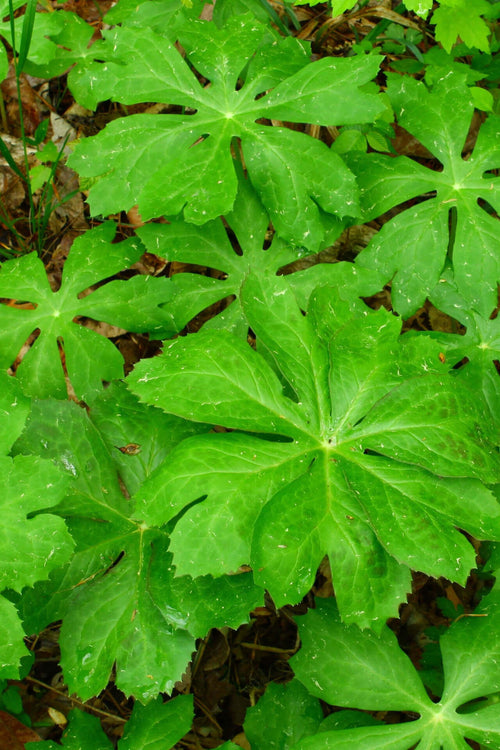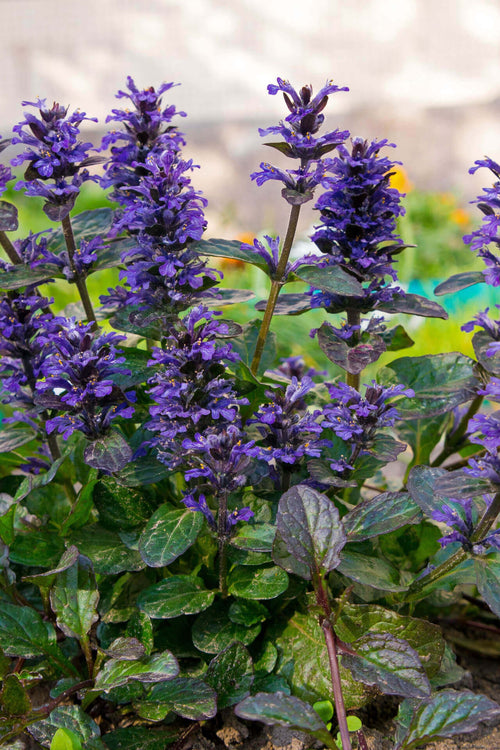Mayapple has several medicinal purposes.
This plant can be found growing a lot in Southern Maine all the way to Florida. The roots of this plant are used for medical reasons. This plant can be extremely toxic and should only be used by professionals when using for medicinal purposes. The roots of this plant are used to treat warts. This plant was used a lot by the Native Americans.
The roots of this plant contain several attributes that are anticancer.
This plant has also been used to stimulate the liver and increase bile flow. It is also a good treatment to apply to ulcers and sores on the body. This roots are used as a laxative but has not been approved by the FDA. It is also used for rheumatism, fever and as an antidote for snakebites.
This plant is being tested for cancer because it contains podophyllin. When using this plant for medicinal purposes, you will need to seek an experienced herbalist because this plant is very poisonous. You will need to do a lot of research online and also can speak to herbalist regarding using this plant for medicinal purposes.
You will want to learn about this plant and get lots of information before using it for therapeutic purposes. This plant is so toxic; it is also used on plants to kill insects. Just like any other medications you should check with your physician before using any medicine containing this plant. Even get information from a professional herbalist regarding preparing and using this plant.
Buy May Apple Plants.
TN Nurseries best selling perennials
Mayapple
Trilliums
Milkweed
Geraniums




















































